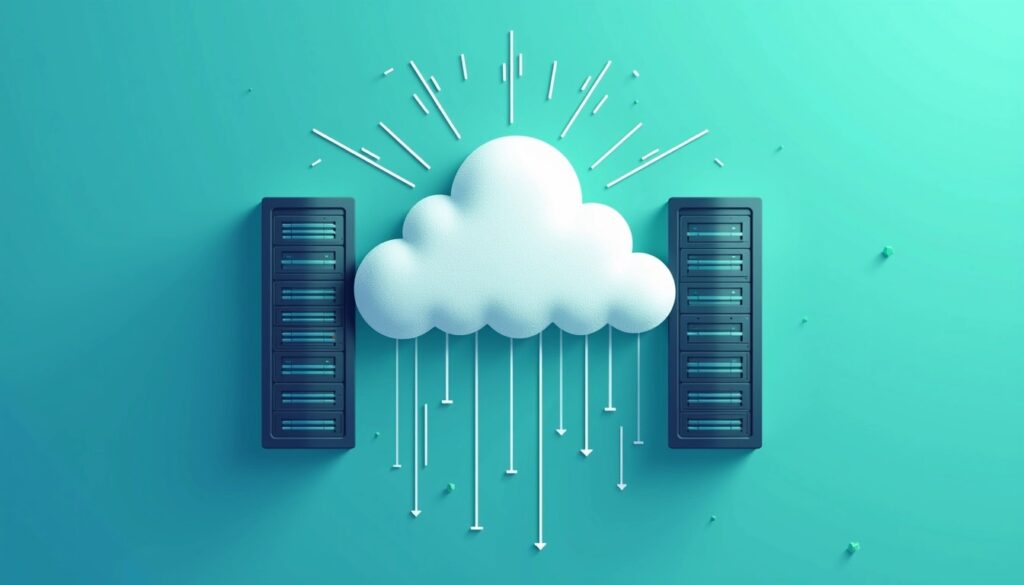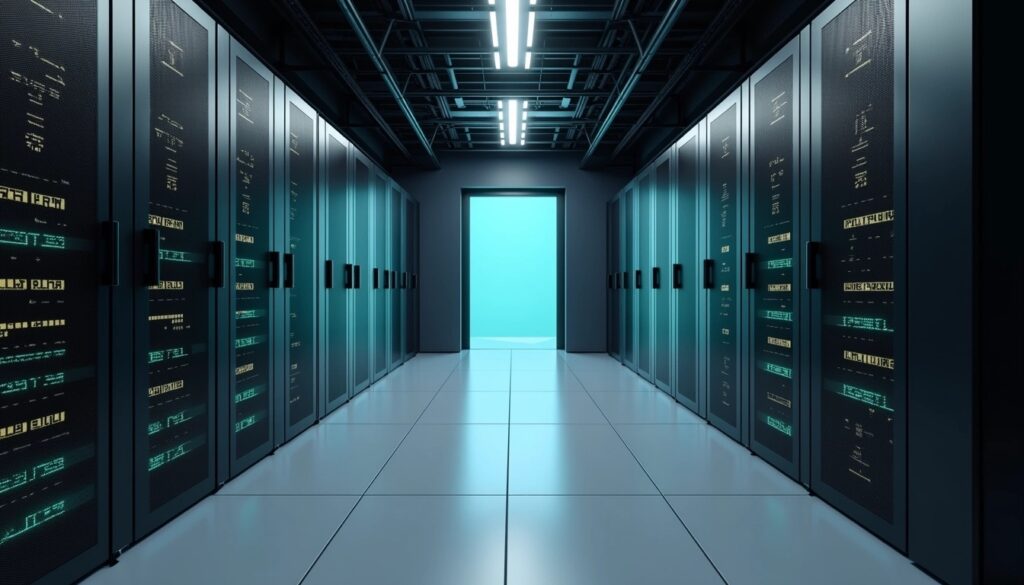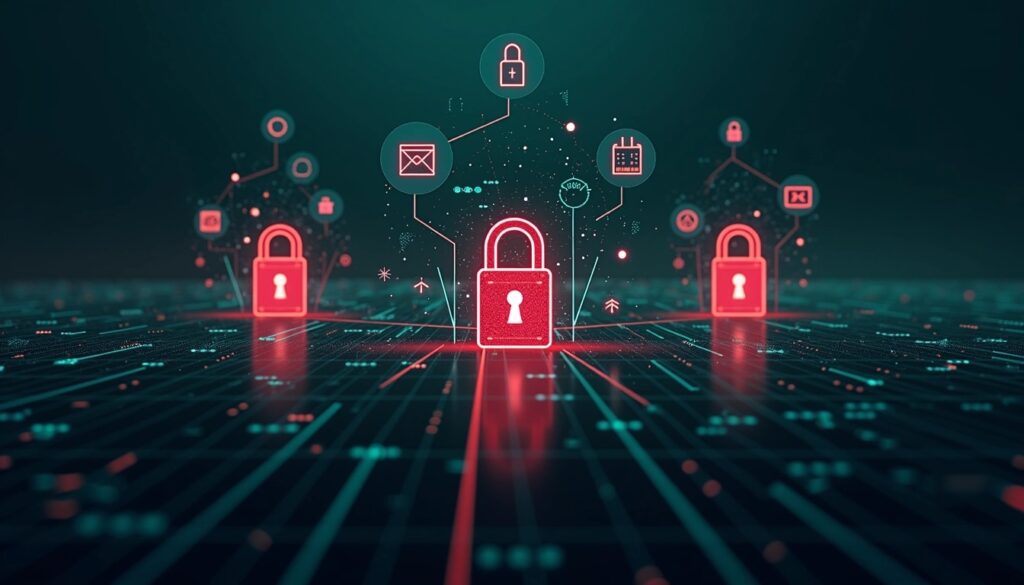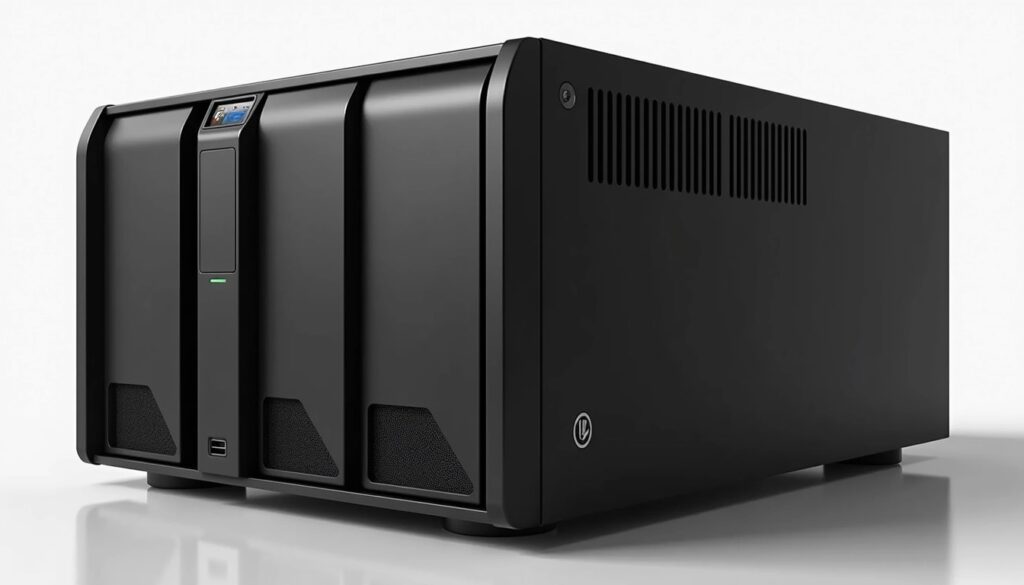Introduction
Media Convergence Server and Transforming the World of Media & Communication The Transformation of Media and Communication World They transform the way content is delivered, managed, and accessed across numerous platforms. Given the growing need for digital transformation, businesses and service providers are adopting advanced solutions such as the Cisco MCS 7800 in order to optimize operations and improve user experiences.
In this blog, we discuss the future of Media Convergence Servers, how it will impact the industry, and why solutions like the Cisco MCS 7800 are unique.
Understanding Media Convergence Servers
Definition and core functions
Wrappers, connectors, adapters and customizations or Media Convergence Servers They are designed to have the capability to process, store, and serve various types of digital content (such as video, audio, text, and interactive content).
Media Convergence Servers perform core functions, such as:
Content aggregation
Format transcoding
Seamless distribution
User personalization
Analytics and reporting
Technologies Driving Media Convergence Servers
Cloud computing integration
The emergence of cloud computing has transformed the way content is stored, processed, and delivered, making it an integral part of media convergence servers. These servers are able to manufacture colossal data and scale supplies on-demand by means of the facility of distributed computing.
Benefits of cloud integration Strategic advantage
Scalability
Cost-efficiency
Improved accessibility
Enhanced collaboration

The Role of Media Convergence Servers in Modern Communication
Unified Communication as a Service
They unify communication channels through Media Convergence Servers 1, enabling users to access voice, video, and messaging services from a single interface. This improved productivity also reduces operational complexity.
Scalability and Flexibility
With a growing need for media-rich applications, scale is becoming critical. For example, the Cisco MCS 7800 server can be tailored to meet the specific performance requirements of an enterprise, while also allowing for scalability to adjust to fluctuating demands as they grow.
Enhanced User Experience
Such servers enhance the end-user experience by providing high-grade media content without any latency or interruption. From a video conference to live stream, to seamless and reliable performance, Media Convergence Servers deliver.
Revolutionizing User Experience
You are familiar with Media convergence servers and how they bring new enrichment to user experience through direct content recommendations. Advanced algorithms and machine learning power these systems to assess user behavior, preferences, and watching habits. This has resulted in a personalized content recommendation engine, which, in turn, keeps the users engaged and satisfied.
Future of Media Convergence Server
With the evolution of technology, the scope of Media Convergence Servers will also add to that. These are some of the trends shaping their future:
Integration of Machine Learning and AI
AI media processing: AI optimizes resources and improves content delivery Coming servers will use AI to predict better user behavior and adapt dynamically.
5G and Edge Computing
Deployment of 5G networks & edge computing will drive the demand for high-performance Media Convergence Servers. Real-time communication becomes more efficient with the help of these technologies, resulting in increased speed of data transfer and decreased latency.
Cloud-Native Solutions
This is why IT-based Media Convergence Servers in CLOUD Perform More Flexible and cost-effective. Hybrid and multi-cloud communications strategies will become increasingly popular across businesses.
Enhanced Security Features
As cyber threats are on an all-time high, intuitive security measures will be built into future servers, ensuring that sensitive data is not compromised and that they meet the requirements of various regulations.

Security and Privacy Considerations
Advanced encryption methods
Media convergence servers deal with huge streams of sensitive data, this is why strong encryption is so important. The following is a side by side comparison of encryption methods:
User data protection measures
To protect the privacy of users, convergence servers use:
Anonymization techniques
Data minimization practices
Regular security audits
Multi-factor authentication
Such actions not only safeguard users but also foster confidence in the platform. A zero-trust architecture widens the lens further by ensuring that each and every access request, regardless of its origin, is always subject to scrutiny.

Challenges and Limitations
Technical infrastructure prerequisites
Providing for media convergence servers necessitates a solid technical infrastructure, which poses major challenges for organizations:
High-performance hardware
Data types that were not present in previous versions
Scalable storage solutions
Skill gap in workforce
Justifying the need for changing work force in the field of media convergence:
Expertise in cross platform application development
Proficiency with data analytics and AI
Info about content curation and management skills
This makes it tough for organizations to search and retain talent with such multi-faceted skills, leading to expensive training expenses and even possible delays in project delivery.
FAQS
In what way a media convergence server?
A media convergence server is software developed to enable related but diverse media to be provided over a platform in a unified manner.
What is a convergence server?
A convergence server is a platform that integrates different communication technologies (such as voice, video and data) into a single system, allowing for seamless interaction between multiple devices and networks.
Which are the platforms of media converging?
In other words, media convergence platform (e.g., Netflix, YouTube, Spotify) is a system or service that enables users to access and consume different types of media content (e.g., movies, music, news) through a single interface or device.
How does media convergence allow me to consume my media differently?
Previously, there were distinct forms of media (TV, radio, internet, social media) delivered to each type of display device (smartphone, tablet, smartTV), making content less personalized, difficult to discover, blocking access to the formats they interact with.
How does a media server work?
A media server is something that stores, manages, and streams media content (audio, video, images) to devices over a network. It delivers content like HTTP, RTSP, or DLNA when the user requests them.

